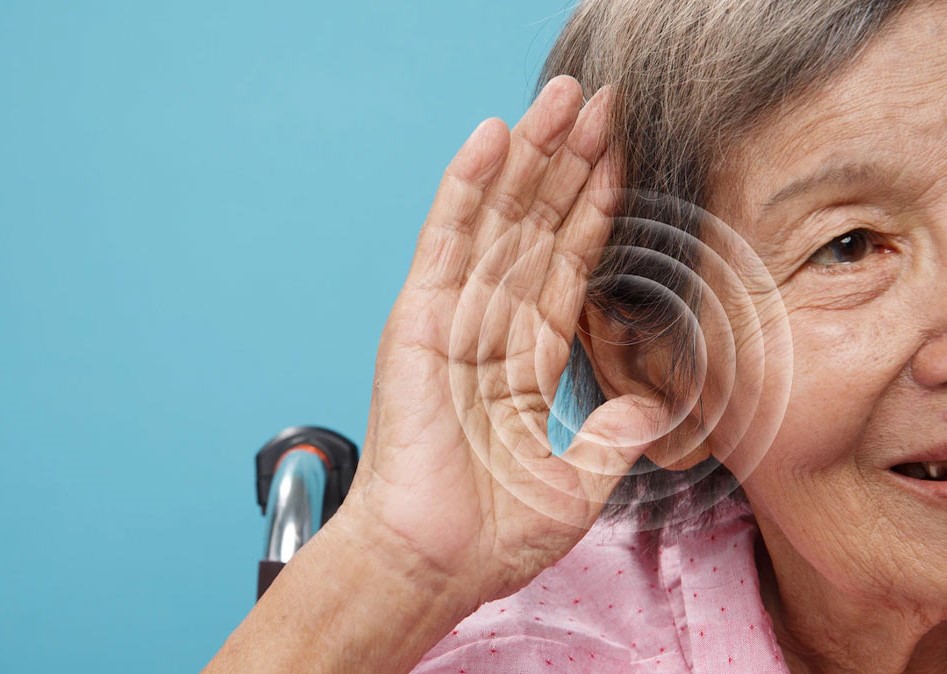Age-Related Hearing Loss

Age-related hearing loss, also known as presbycusis, is a common condition that affects millions of people as they grow older. It is caused by changes in the inner ear and other structures of the ear that occur naturally with age. In this blog, we will explore the causes, symptoms, and treatment options for age-related hearing loss.
Causes of Age-Related Hearing Loss
Age-related hearing loss is caused by several factors that affect the delicate structures of the inner ear. These factors include:
- 01. Damage to the hair cells in the inner ear: Over time, exposure to loud noise and other factors can damage the hair cells in the inner ear, which are responsible for transmitting sound signals to the brain.
- 02. Changes in the blood supply to the inner ear: As people age, the blood supply to the inner ear can decrease, which can cause the hair cells to die and lead to hearing loss.
- 03. Changes in the structures of the ear: As people age, the structures of the ear can change, including the size and shape of the ear canal and the bones of the middle ear. These changes can affect how sound waves are transmitted to the inner ear.
The extent of the damage depends on the intensity and duration of the noise exposure. The higher the volume and the longer the exposure, the more damage can be caused to the delicate hair cells in the inner ear that are responsible for hearing.
Symptoms of Age-Related Hearing Loss
The symptoms of age-related hearing loss can vary depending on the severity of the condition. Some common symptoms include:
- 01. Difficulty hearing high-pitched sounds, such as the voices of women and children
- 02. Difficulty understanding speech, especially in noisy environments
- 03. Ringing or buzzing in the ears (tinnitus).
- 04. Dizziness or balance problems.
- 05. Gradual hearing loss that worsens over time.
Preventing Age-Related Hearing Loss
While age-related hearing loss is a natural part of the aging process, there are some steps that people can take to protect their hearing as they age. Some effective prevention strategies include:
- 01. Wearing hearing protection, such as earplugs or earmuffs, when in noisy environments
- 02. Keeping the volume of personal audio devices and home entertainment systems at a reasonable level
- 03. Taking breaks from noisy activities to give the ears a rest
- 04. Quitting smoking, which can damage the blood vessels in the inner ear and lead to hearing loss
- 05. Maintaining a healthy lifestyle, including regular exercise and a balanced diet, which can improve overall health and reduce the risk of hearing loss Conclusion
Treatment Options for Age-Related Hearing Loss
There are several treatment options for age-related hearing loss, depending on the severity of the condition. Some common treatment options include:
- 01. Hearing aids: Hearing aids are electronic devices that can amplify sound and improve the patient's ability to hear speech and other sounds. There are many different types of hearing aids available, including behind-the-ear, in-the-ear, and completely-in-canal models.
- 02. Cochlear implants: Cochlear implants are electronic devices that are surgically implanted in the inner ear and can provide a sense of sound to people with severe hearing loss.
- 03. Assistive listening devices: Assistive listening devices, such as FM systems, can help improve hearing in noisy environments.
- 04. Counseling and support: Patients with age-related hearing loss may benefit from counseling and support to help them cope with the emotional and social challenges of living with hearing loss.
Conclusion
Age-related hearing loss is a common condition that affects millions of people worldwide. While there is no cure for age-related hearing loss, there are several treatment options available that can help manage the condition and improve the patient's quality of life. By taking steps to protect their hearing and seeking treatment if hearing loss does occur, people can maintain their ability to communicate and enjoy the sounds of the world around them as they age.